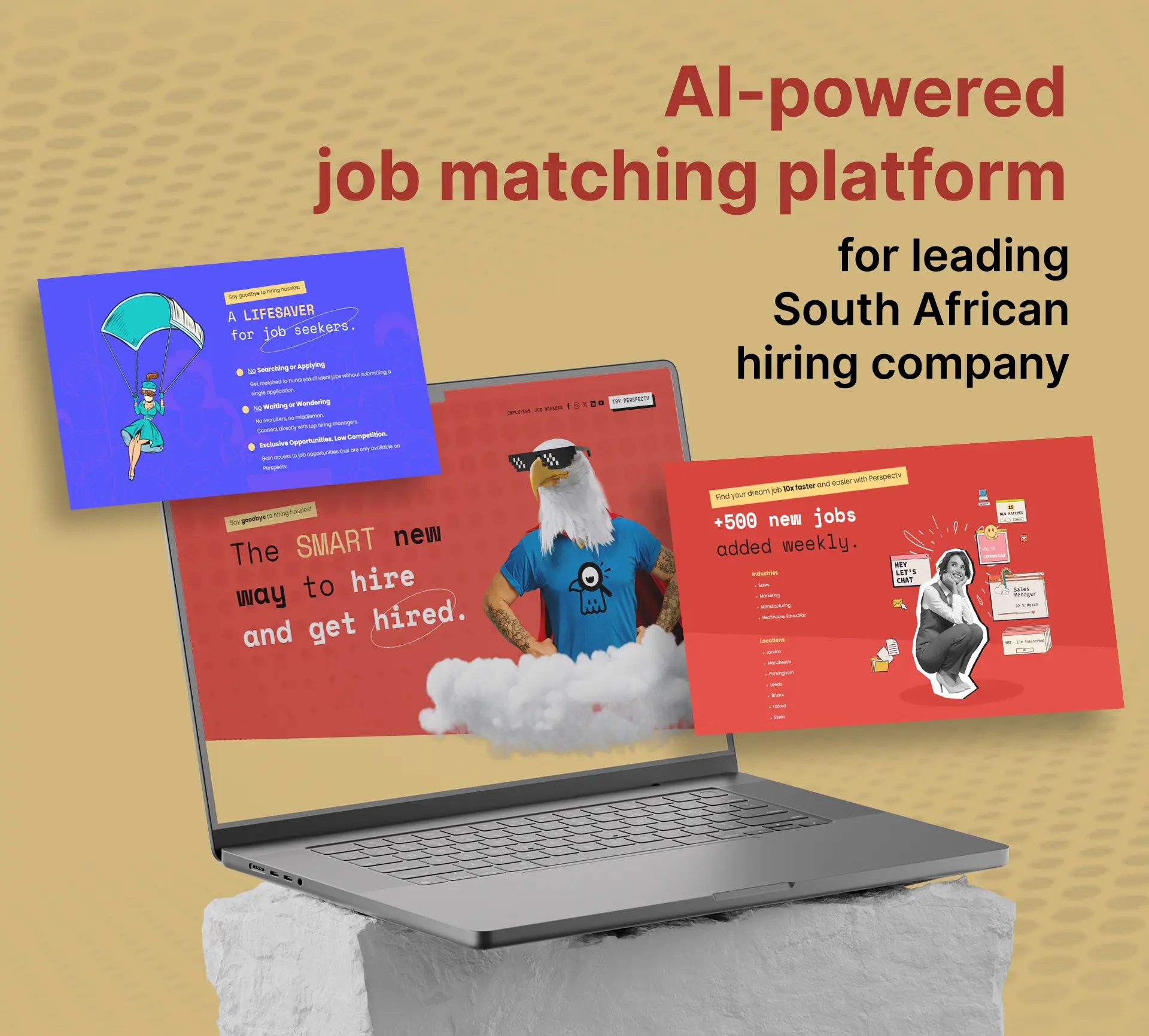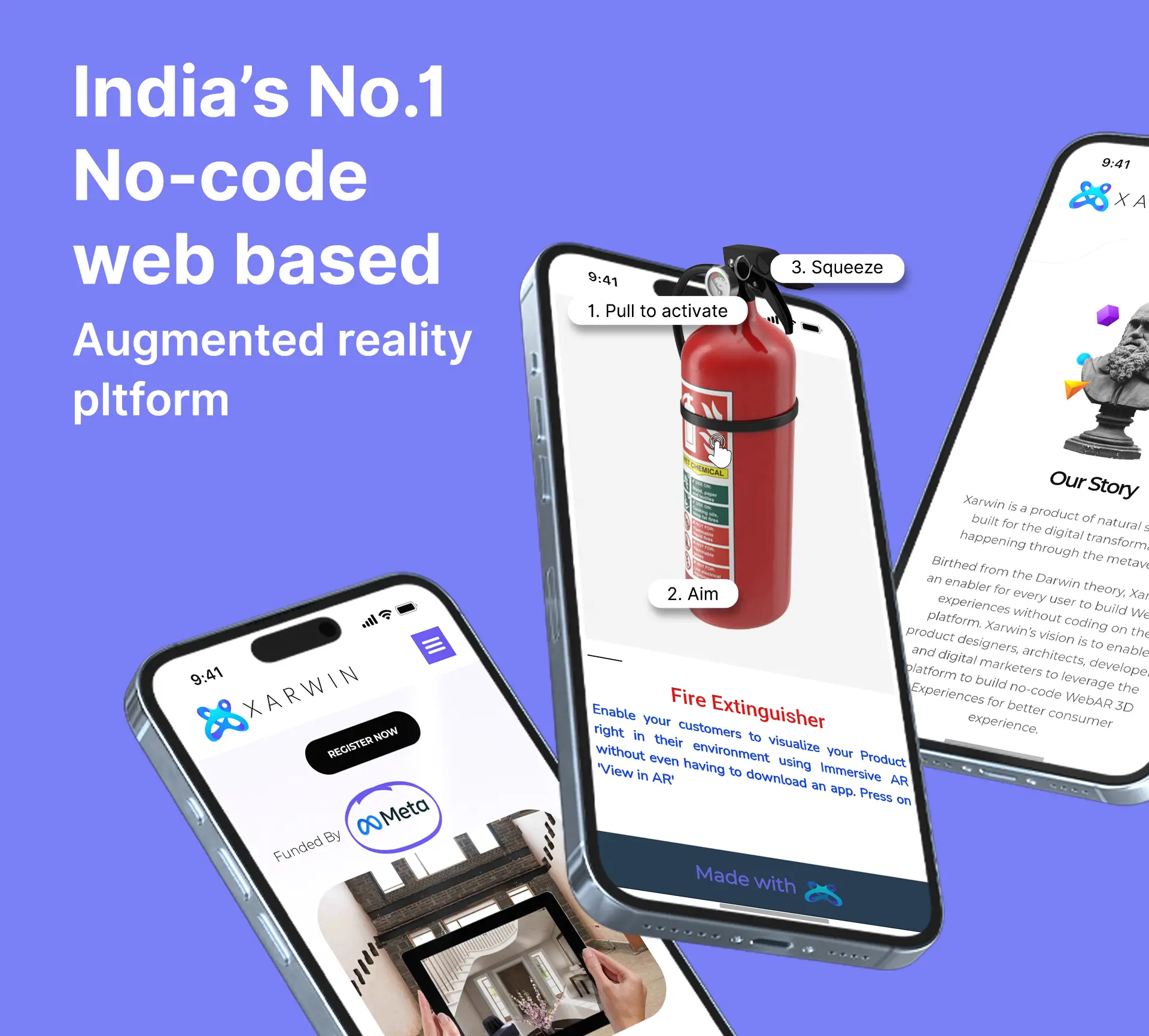Table of Contents
Introduction
Ever chatted with a support bot that only speaks English when you really needed help in Arabic or Spanish? That’s exactly the kind of gap multilingual AI agents are built to fix. These smart assistants don’t just answer questions, they understand and respond in multiple languages, making it easier for businesses to connect with customers across the globe.
Whether you’re running a global e-commerce brand, scaling a SaaS product, or just want to offer better support in local languages, multilingual AI agents can make it happen. In this article, we’ll break down what they are, how they work, and what it actually costs to build one in 2025.
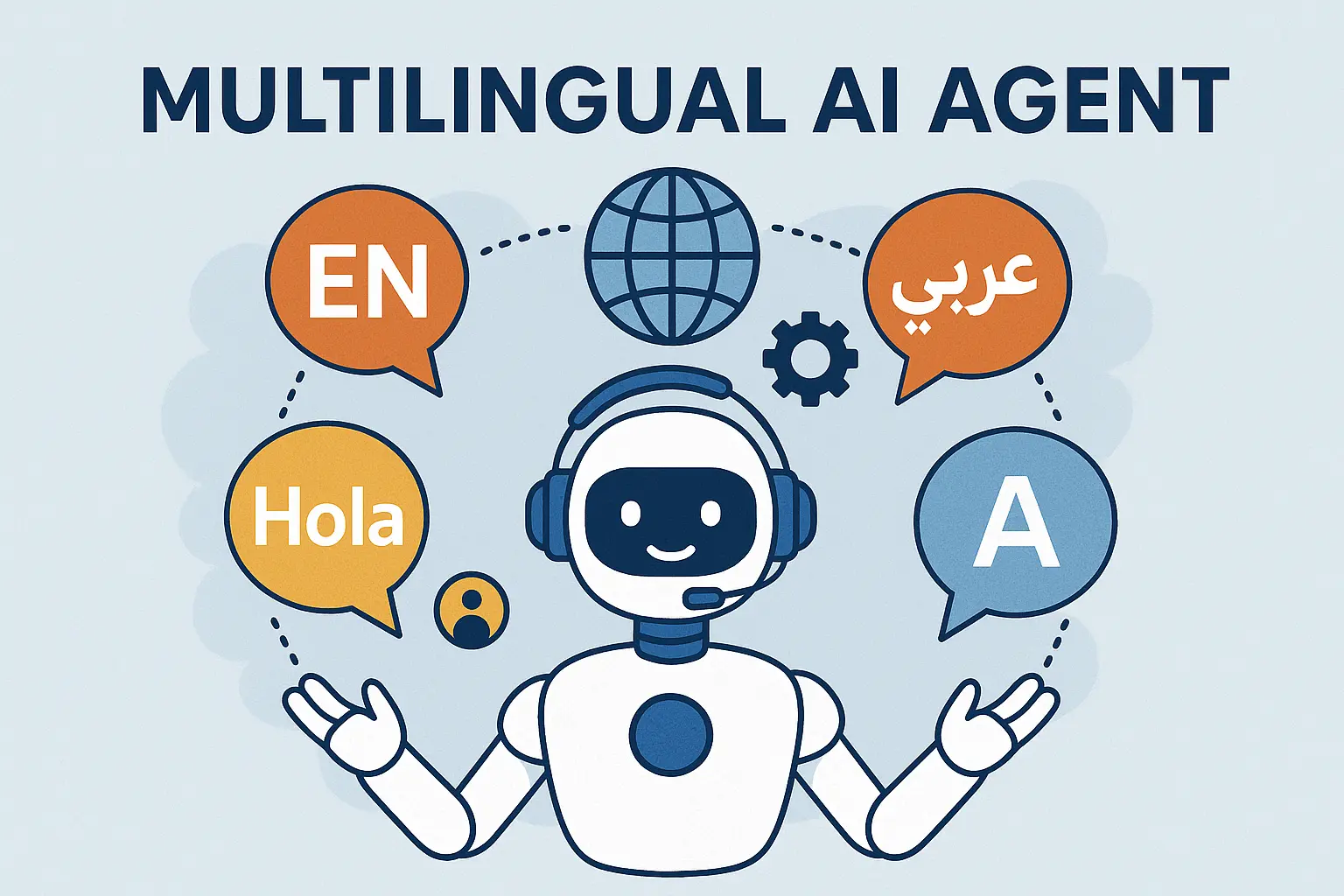
Tech Stack & Cost Breakdown for Multilingual AI Agent (2025)
Language Model
To build a multilingual AI agent, you’ll be stitching together a few key technologies and the choices you make can greatly affect the cost. At the heart of it is your language model. Options like GPT-4o, Claude, or Gemini can handle multiple languages out of the box, and their pricing usually depends on usage, think around $5 to $30 per million tokens.
If you’re looking to keep costs low or need more control, you could go with open-source models like LLaMA 3 or Mistral, though you’ll need to host them yourself, which might run you $500 to $2,000 a month depending on the scale.
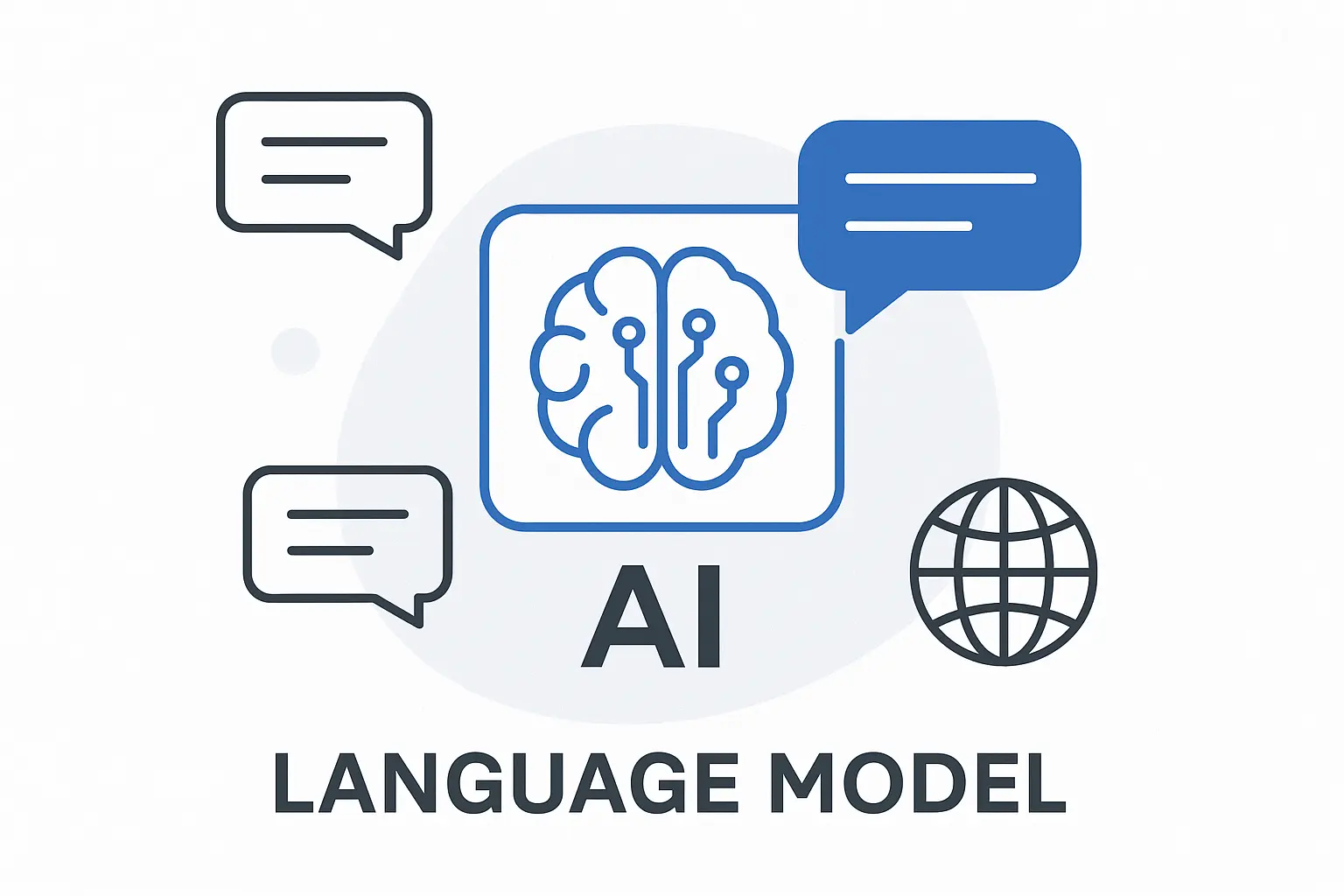
Translation/ NLU
For translation needs beyond what your base model handles, APIs like DeepL or Google Translate do the trick, usually costing around $20 to $60 per million characters.
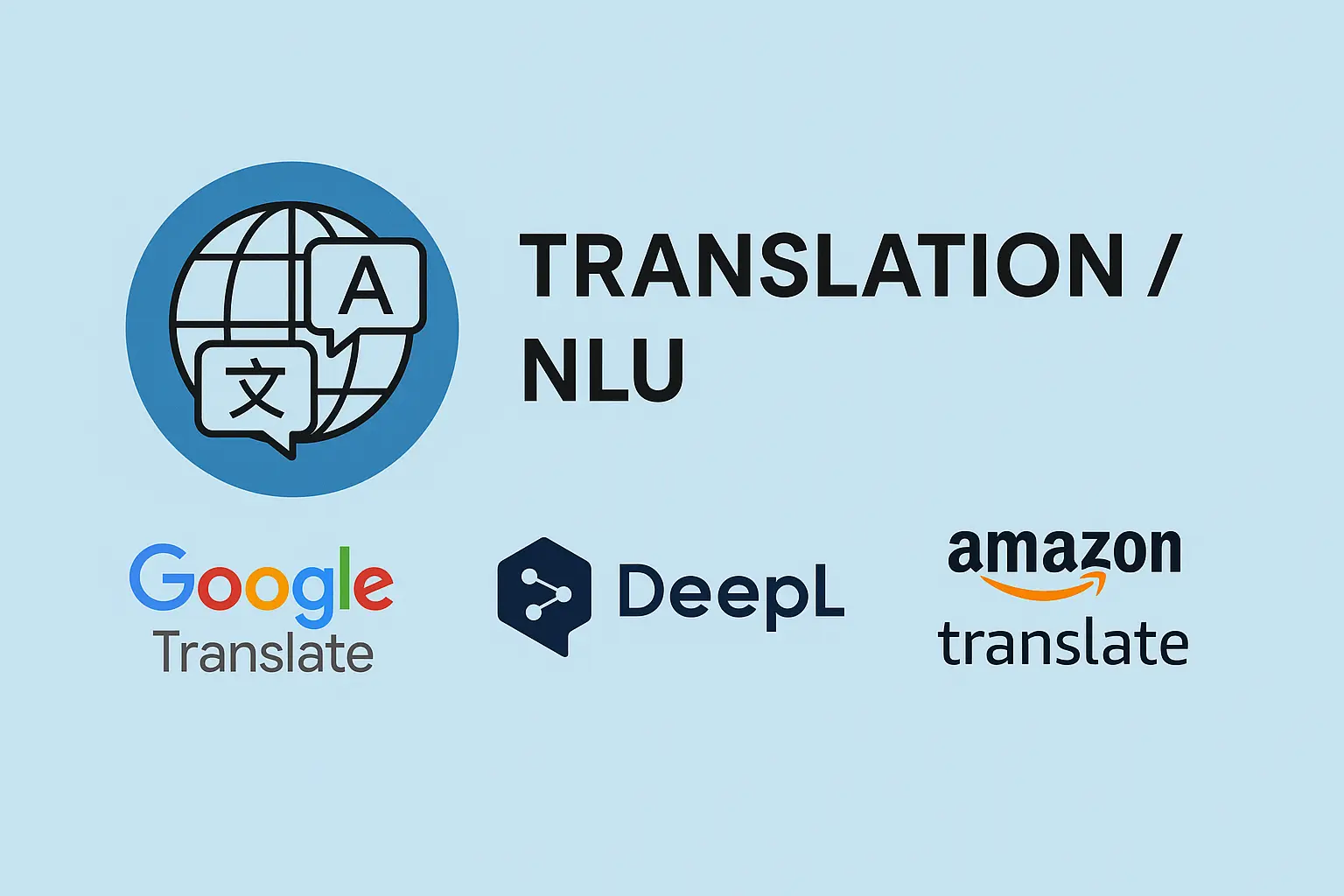
Conversational Engine
You’ll also need a way to manage the conversation flow, especially if you’re switching between languages or handling fallback logic. Tools like Rasa, LangChain, or Dialogflow are great for that and can be free or priced modestly depending on features.

Front-end, Voice and Cloud Hosting
Your front-end, maybe a React app or a simple widget, won’t cost you much aside from dev time. But if you want voice capabilities, tools like ElevenLabs or Whisper can add another $15 to $200 a month.
And of course, everything needs to live somewhere, so cloud hosting (AWS, Azure, or GCP in the Saudi region if you’re focused on data compliance) could range from $300 to $2,000+ depending on traffic.
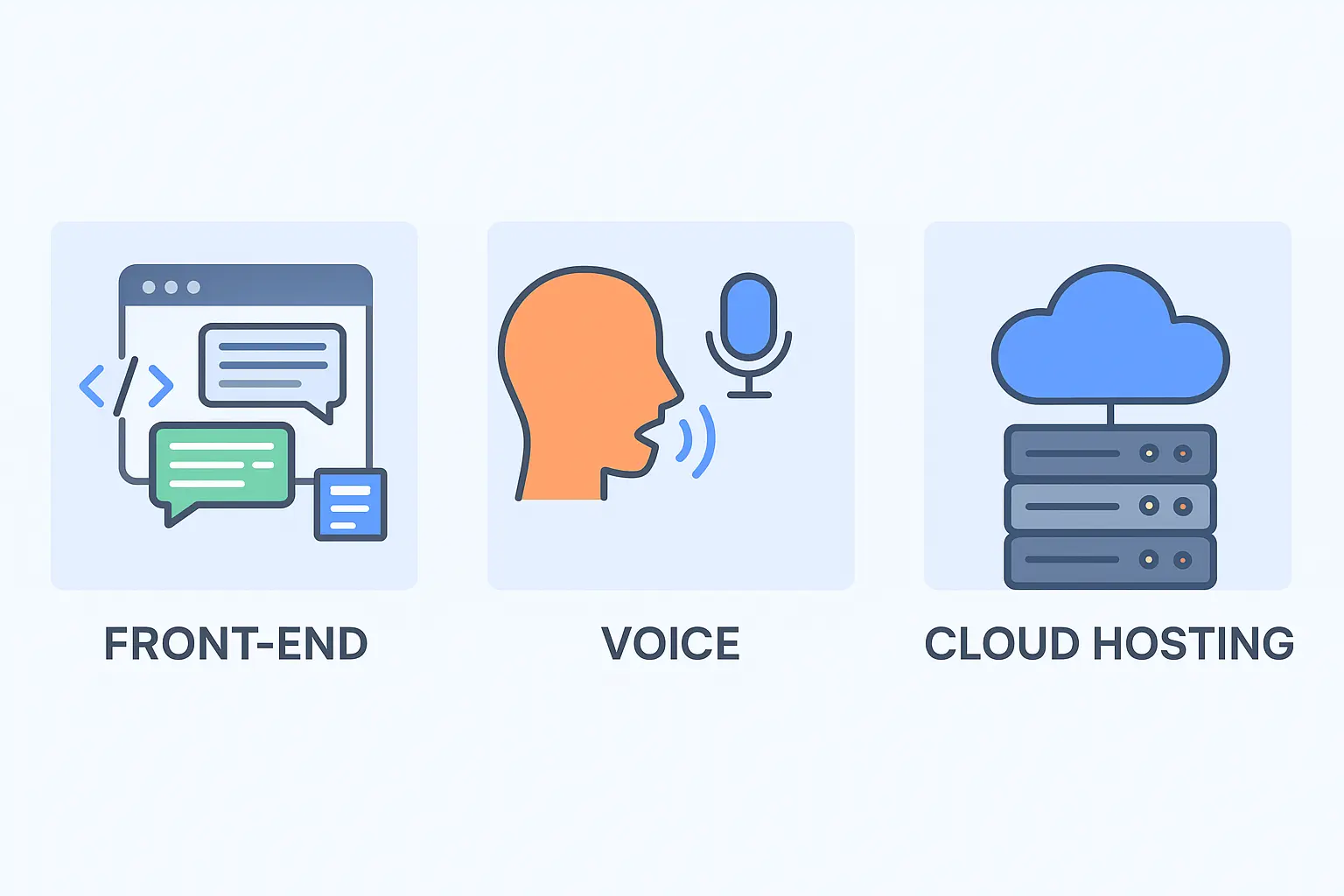
All in all, if you’re building a solid mid-scale AI agent that supports multiple languages and has live translation, voice, and integrations with your CRM or helpdesk, you’re probably looking at a monthly cost between $1,100 and $3,700. Pretty reasonable when you compare it to hiring and training multilingual support teams for every region.
Guide on what to choose in accordance to cost models:
SaaS-based multilingual AI agent
If you’re just getting started or testing the waters, a SaaS-based multilingual AI agent is the fastest and most affordable route. You can plug into tools like GPT-4o, use a basic translation API, and deploy a simple front-end widget, all for around $1,500 a month.
It’s perfect for startups or businesses needing support in 1 to 3 core languages without worrying about infrastructure.
Open-source self-hosted setup
Now, if your team has some technical muscle and cares about data privacy or cost control, an open-source self-hosted setup might be the way to go. You can run open-source models like LLaMA or Mistral, use free translation tools like SeamlessM4T, and host everything on your own servers.
It takes a bit more engineering effort but offers a lot more flexibility, usually costing around $1,500 to $2,200 per month.
Enterprise-level multilingual agents
On the other hand, if you’re scaling across regions with a full-blown support strategy, enterprise-level multilingual agents give you the horsepower you need. These setups often include advanced AI models like GPT-4o or Claude, voice support with ElevenLabs, deep CRM integrations, and human-in-the-loop monitoring.
Development of Enterprise-level multilingual AI agents cost around $20,000 to $30,000 rendering secure data, advanced language support and robust security protocols. In this case, the AI agent is trained on your own data, making it fully tailored to your business environment and use cases. So, the monthly cost for enterprise custom models is lesser than SAAS, which is around 1000 to 1200 USD.

Key Cost Drivers to Consider
1. Scope and Use Case
Chatbot vs. Autonomous Agent
A basic chatbot answers predefined questions with scripted replies, cheaper and quicker to build. An autonomous AI agent, however, can handle dynamic workflows, access external tools, and reason through complex scenarios. Autonomous agents require advanced orchestration, larger models, and more computers making them significantly more expensive.
Static FAQs vs. Real-Time Conversation
Static FAQ bots fetch answers from a database or a spreadsheet with minimal compute cost. Real-time conversation bots use large language models (LLMs) that process intent, maintain context, and generate responses on-the-fly, incurring API/token costs per message.
Industry-Specific Complexity
- Healthcare needs high precision, compliance (HIPAA, etc.), and medical NLU.
- Finance may require real-time integration with databases, strong audit trails, and fraud detection.
- E-commerce often needs multilingual product lookups, cart integration, and personalized recommendations.
Make AI truly conversational across every language, every market.
2. Number of Languages Supported
Popular Language Combinations, Regional Dialects & Cultural Adaptation
Multilingual Agents Support English, Arabic, Spanish, and Mandarin covering a massive global audience, but each language adds cost in UI translation, model tuning, QA, and voice support.
For languages like Arabic or Hindi, dialect variation (e.g., Gulf Arabic vs. Egyptian Arabic) means generic translation fails. You’ll need dialect-aware prompts or fine-tuned models raising cost.
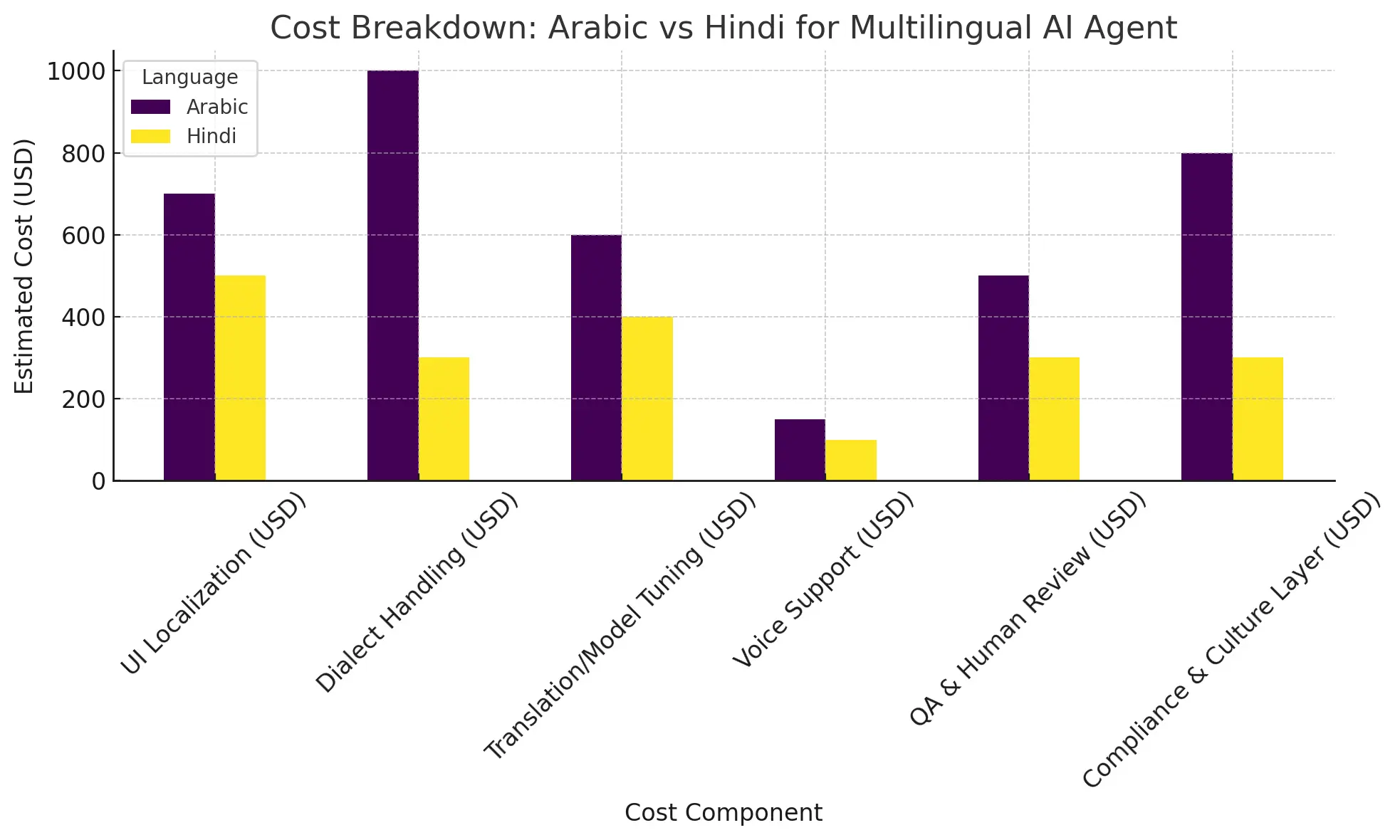
Cost Per Language Integration
Each new language adds UI updates (RTL, translations), Voice support (TTS/STT), Translation/model testing and Culture-specific moderation.
Thus, Estimated cost per language: $1,000–$3,000+ depending on depth.
3. Language Translation & NLU Layer
Built-in Multilingual Models vs. APIs and NER (Named Entity Recognition) Cost
Models like GPT-4o are multilingual, but accuracy drops in complex domain-specific cases. You may need fallback APIs like DeepL, Google Translate, or custom-trained NLU for better intent recognition.
Accurate NER is critical in languages like Arabic, Hindi, or Chinese. Off-the-shelf tools often miss context in these languages. Training or adapting models for multilingual NER requires additional labeled data and engineering.
4. Development Model
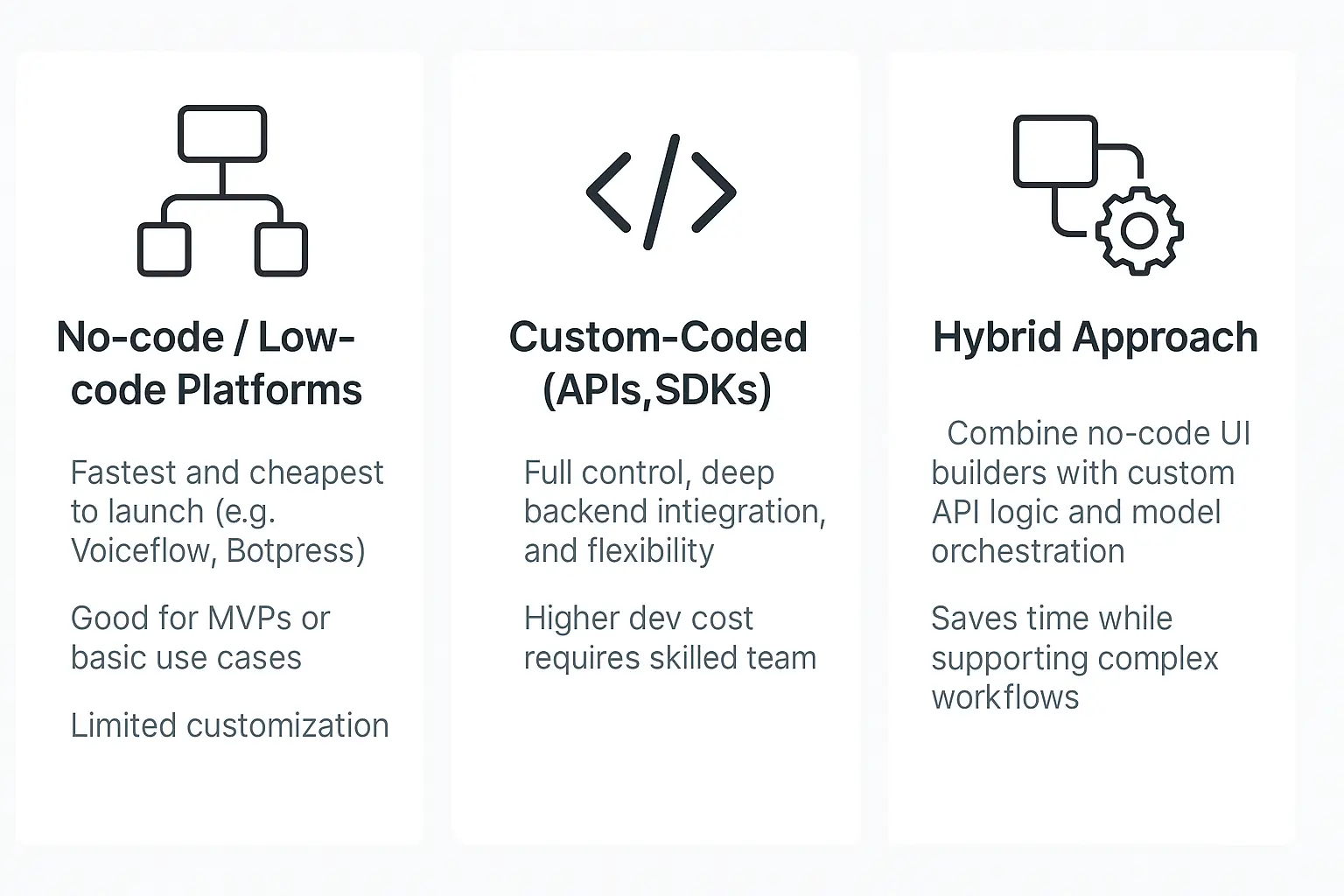
5. Infrastructure and Hosting
Cloud Cost (AWS, Azure, GCP)
AI models require GPUs and persistent storage. Cost scales with traffic and number of languages processed in parallel. Multilingual agents typically need scalable serverless APIs or Kubernetes clusters.
On-Prem (e.g., GCC/GDPR Compliance)
For regulated industries or privacy-sensitive regions (like Saudi Arabia, UAE, or EU), local hosting may be mandatory. That requires physical or virtual GPU nodes, firewalls, and DevOps setups.
Real-Time Performance Considerations
Low-latency response times (<1 sec) for voice/chat require edge delivery, caching, and high-concurrency infra, often increasing cost by 2 to .3x compared to batch models.
6. Maintenance & Support
Continuous Fine-Tuning & Retraining
As new languages, use cases, or phrases emerge, you need to adapt your model. Scheduled updates or fine-tuning loops are necessary, especially if you rely on open-source models.
Monitoring Multilingual Hallucinations
LLMs can “hallucinate” or fabricate facts, especially in less-resourced languages. QA pipelines and automated evaluation tools help monitor accuracy and fix issues.
Human-in-the-Loop (HITL) Systems
For sensitive use cases, a fallback to human support is crucial. These systems allow AI to escalate tickets it can’t handle. Building this requires decision rules, routing logic, and operator interfaces.


